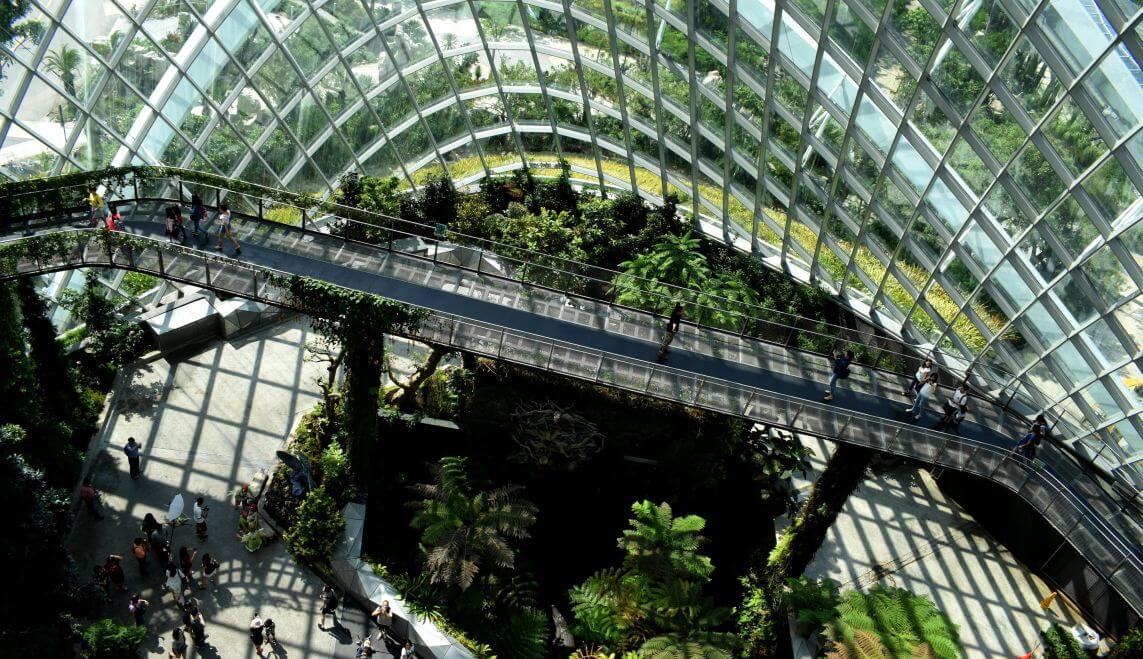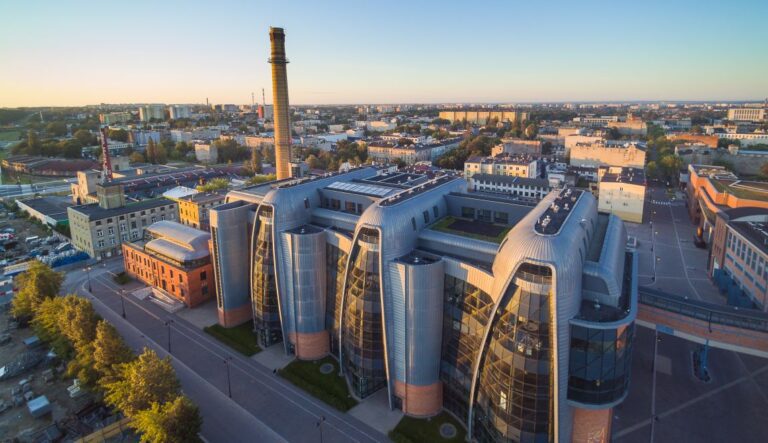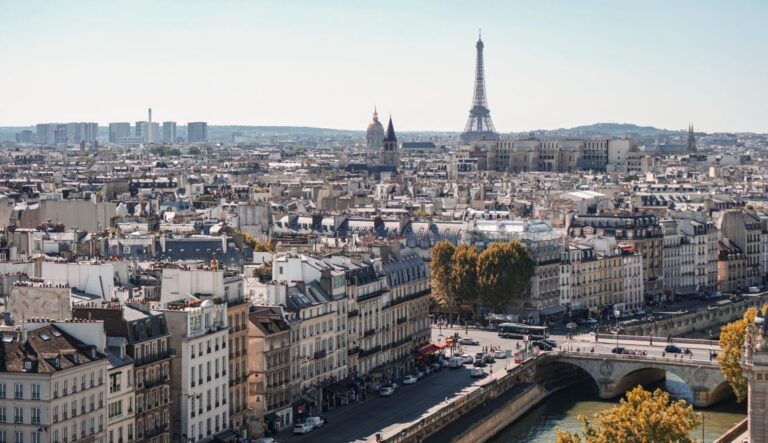
Ideal city landscapes shaped according to the idea of sustainable development, providing friendly places to live and work, in buildings that adapt to the changing needs of the people living in them is something which is yet to arrive. The building sector is still one of the most emission-intensive in Poland. Estimates indicate that buildings are responsible for 38% of CO2 emissions in the country, so each initiative taken by developers and the construction sector is highly important. The National Energy Conservation Agency (KAPE) estimates that even with a partial reduction of building energy demand, it will be possible to reduce the emission of over 46 million tonnes of CO 2 and some 90,000 tonnes of dust per year.
The Polish office sector in recent years has indeed seen a number of changes in the development of sustainable investments. The number of investors who place an emphasis on increasing the comfort of office users, while paying attention to the requirements of health, well-being and safety in buildings, optimal energy efficiency, and the lowest possible negative impact of office buildings on the environment, has demonstrably increased. By the end of 2020, of the estimated 11.7 million m² of modern office stock, 83% will be green- certified. Buildings of this type are characterised by the limiting of their negative impact on the environment, including in terms of energy efficiency, water and waste management, construction materials, and eco-mobility (access to public transport, bicycle parking and electric car charging points). Currently, there are almost no new office investments in Poland that don’t meet the requirements of multi- criteria certification. It is most visible in Warsaw, where as many as 94% of modern offices are certified space. It is, indeed, an aspect that distinguishes the capital city from other European cities. The sector, recognizing the need to create healthier cities and buildings, is increasingly turning to WELL and Fitwel certification – independent certification systems that validate the healthy aspects of cities and buildings. These two methods are considered a level higher than sustainability and focus on issues related to human health and well-being.
From the point of view of the new trends shaping cities it is, however, crucial that a building is a harmonious whole, fulfilling an urban function, whilst being as functional as possible for its users and having a minimal impact on its surrounding environment. Urban structure directly influences the functioning of a building and its users, partly by imposing architectural and urban design features and infrastructure elements. In modern cities, therefore, an office building can no longer be solely an “island in the city”. Urban planning steers and influences architecture. Thus, four postulates of modern urban planning have been formulated for buildings, forming part of multi-criteria certification:
- Reduction in the number of cars in the city centre,
- Provision of alternative sources of transport,
- Emphasis on project location in an area characterised by a large number of services,
- Increase in green space provision.
In line with the ideas of sustainable development, developers are increasingly ensuring that office buildings are integral parts of the urban fabric and that their potential can benefit all users of the city, not only those working in the buildings – hence the growing popularity of mixed-use projects, along with the creation of places and spaces that can encourage and serve the interaction of all interested parties, often outside standard office hours.
More information you can find the “A city in good shape. Trends that are changing cities” report.


